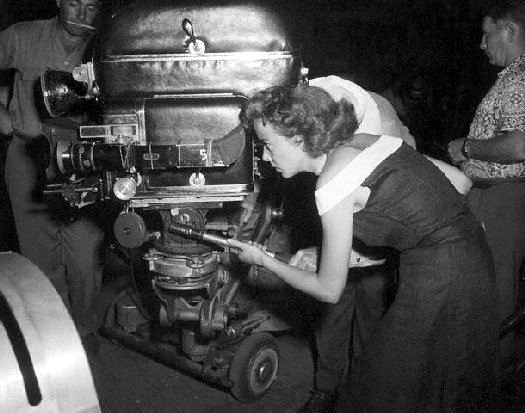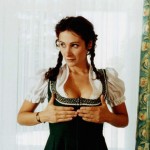In her own words: our contributing writer, Giulia Baroni, shares her thoughts on female directors and offers her insight into the matter.
WHO RUN THE WORLD? GIRLS!
Ok, we’ll leave Beyonce behind for a minute, but I am convinced that it is appropriate to remind you about this because we are going to talk about female pioneers in cinema.
How many times do we hear that a woman is a director of a film? Let’s be honest, quite rarely. Which does not mean at all that there are no female directors in the film industry, it just means that there are very few compared to the number of male directors. To express it in James Brown’s words:
This is a man’s world
This is a man’s world
But it would be nothing, nothing
Without a woman or a girl.
So true, especially if we are talking about movies. While the Suffragettes were taking over to promote women’s rights, female directors were already paving their walk of fame. There was already a revolution coming – one behind the cameras.
At the dawn of the 20th century, women were far more prominent in films than they are today.
In the early days of cinema, women such as Alice Guy, Gene Gauntier, Hanna Henning, Ida May Park, Olga Preobrazhenskaya, Nell Shipman, Ruth Stonehouse, Lucille McVey Drew, Elvira Notari, Lois Weber, Dorothy Arzner, Germaine Dulac, Marie Epstein and Grace Cunard were involved in directing and testing new technologies. Let me tell you more about some of them.
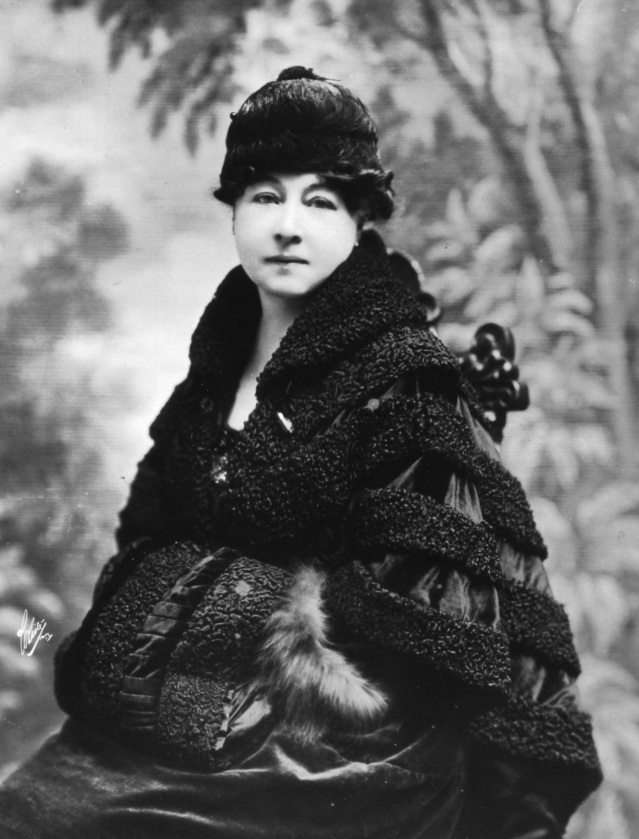
Alice Guy-Blanché, recognised as the first female film director ever, was truly a pioneer. From 1896 to 1920, she directed more than one thousand films. Those movies included every genre under the sun, from melodramas to gangster films, horror films, fairy tales, and even short music films featuring famous opera singers. Guy-Blanché was the first filmmaker to systematically develop narrative filmmaking, and she was also a pioneer in the use of audio recordings in conjunction with the images on screen.
Feminists would also be very proud of her,because she was the first woman to run and own her film studio, called Solax.
There is something that is nowadays an integral feature of almost every movie: special effects. Well, let’s give the devil his due, because Guy-Blanchí¨ was a pioneer and innovator in special effects. An example? She used to run films backwards!
Guy-Blanché was not the only female pioneer in the industry: numerous women contributed to many discoveries in cinema. There was another female director, who worked in early primitive color techniques such as hand painting and stamping, and created some of the first examples of sound films, recorded on wax cylinders. Her name was Ida May Park, an American director who recorded many film scores during the the silent era of Hollywood.
When the movie industry was in its cradle, female directors were numerous and busy. A lot of prominent women were active in film production: Julia Crawford Ivers, Ruth Stonehouse, Lottie Lyell, Musidora, Margery Wilson among many others.They were not limited to just directing – many also served as screenwriters, editors and composers.
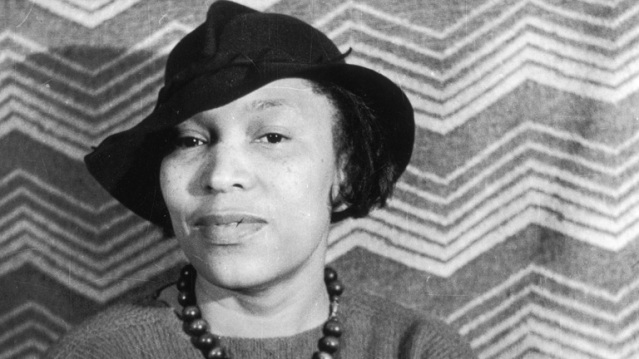
And let’s not forget about that huge plague on humanity, racism. African American female directors, such as Eloyce King Patrick Gist and Zora Neale Hurston were forced to work outside major Hollywood studios (i.e. Universal), developing and introducing their independent, personal films. Zora Neale Hurston pioneered the ethnographic film that featured the insider informant. Her ways of storytelling ideas were probably too far ahead of their time: she aspired to tell true stories of Afro-American people living in United States – not something the general public was ready to take.
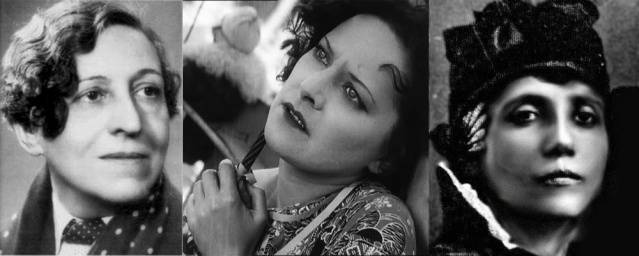
Across the Atlantic, there was Germaine Dulac, the French film director who re-measured the borders of poetic expression in film. Another prominent French filmmaker, Marie Epstein, was an innovator of poetic realism combined with narrative techniques. In Italy, silent-era filmmaker Elvira Notari was assimilating and practicing the concepts that would be fundamental in the cinematic movement of Neorealism many years after her death.
Another important female film pioneer is Lois Weber, who started using the technique of the split screen to be able to show simultaneous actions. In 1913, Weber made the first sound film ever in United States, and a year later she became the first woman to direct a full-length feature film, The Merchant of Venice.
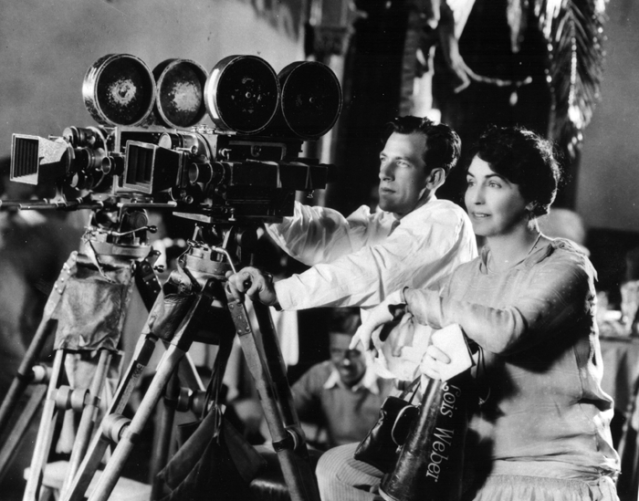
It is often said that only a woman can understand another woman, and maybe that is why many of these amazing directors explored cinematically the topics that were deemed too scandalous and inappropriate by (predominantly male) public opinion of the times. Still, Lois Weber dared to direct a 1916 movie Where Are My Children?, which dealt with a controversial topic of abortion and birth control.
By the 1930s though, there were fewer and fewer female directors. Film was now seen as a powerful money-generating market, and promised enormous profits to be reaped. Women were shown the exit door as soon as the unions and big money came in, not trusted to be good enough to handle big business.
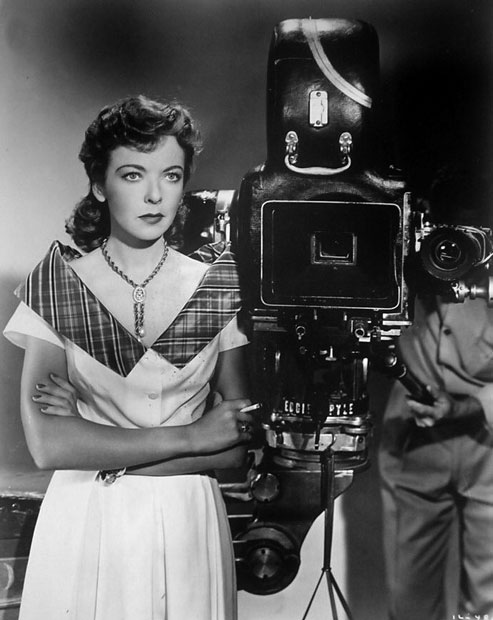
Still, we have to remember Ida Lupino, who started out as an actress, and then turned director in the 50s, helming films like The Bigamist, Young Lovers and The Hitch-Hiker. She was the first actress to produce, direct and write her own films – take notes, Angelina Jolie and Natalie Portman!
Never forget ladies, WHO RUN THE WORLD? GIRLS!
If you want to know more about these women, here are some interesting books that I recommend:
- Lucy Fischer, Shot/Countershot: Film Tradition and Women’s Cinema, Princeton University Press 1989
- Ally Acker, Reel Women. Pioneers of the Cinema. 1896 to the Present, London: B.T. Batsford 1991
- Judith Mayne, The Woman at the Keyhole: Feminism and Women’s Cinema, Indiana University Press 1990
- Quart, Barbara Koenig: Women Directors: The Emergence of a New Cinema, Praeger 1988
- Rich, B. Ruby. Chick Flicks: Theories and Memories

